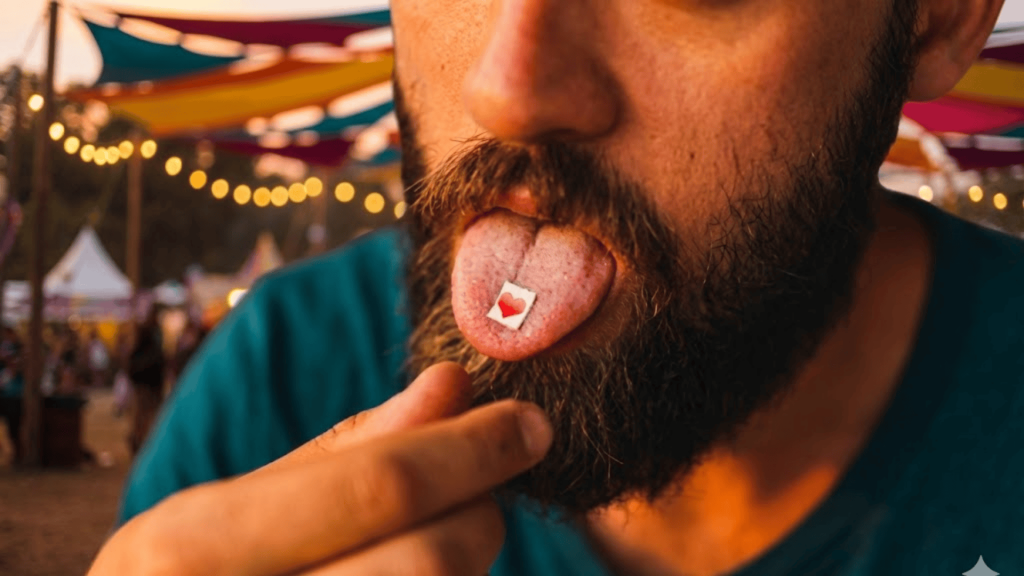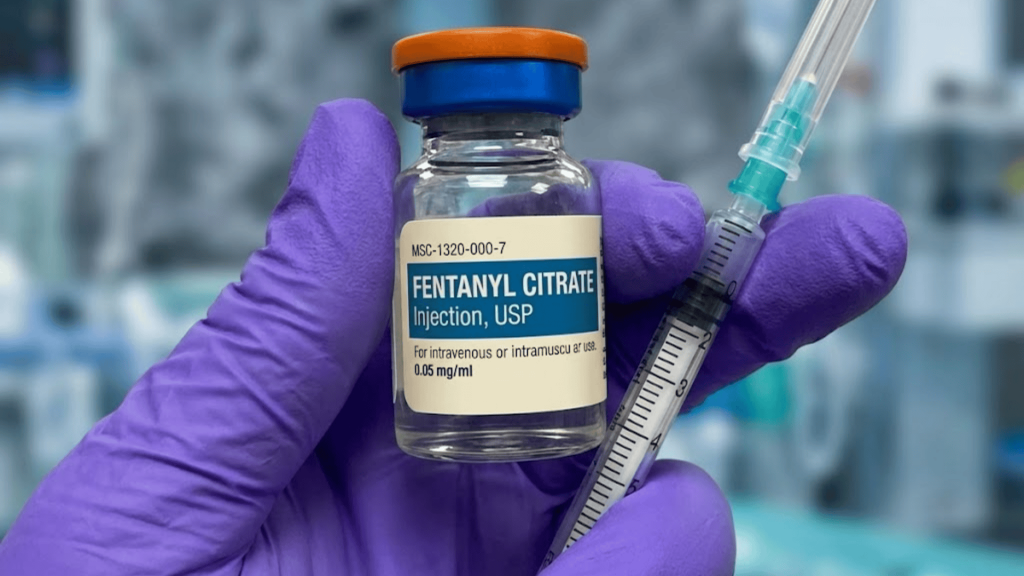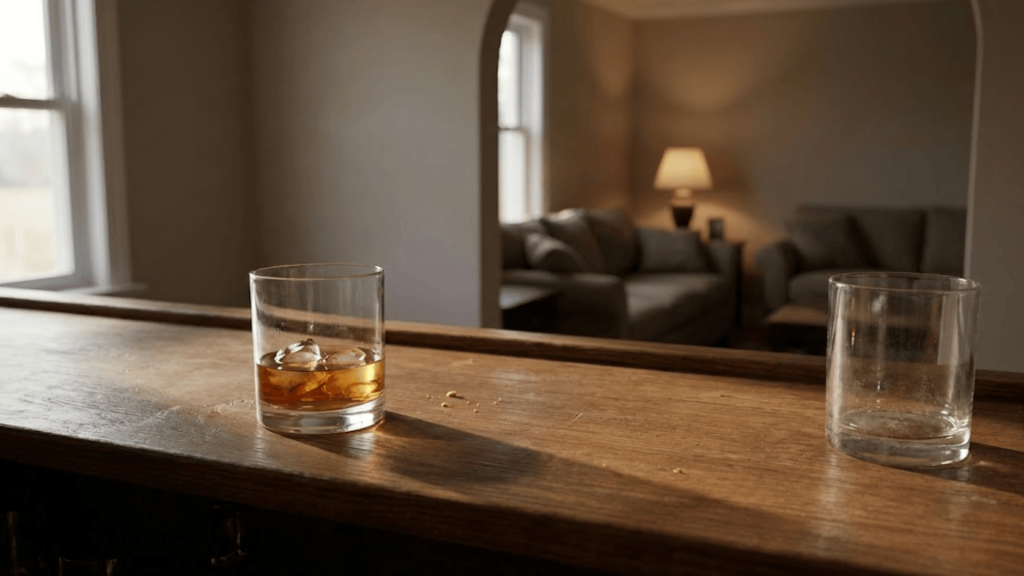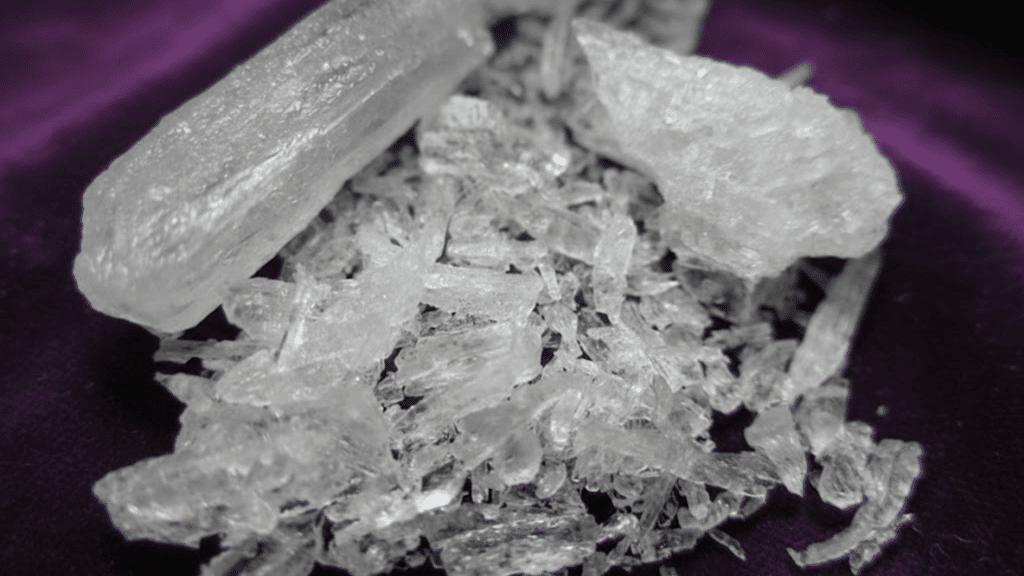I used to think all parts of cannabis could get you high, until I learned about THCA. If you’ve ever wondered whether THCA can actually make you feel that buzz, you’re in the right place.
In this blog, I’ll walk you through what THCA really is, why it doesn’t cause a high in its raw form, and how heat changes everything by turning it into THC.
We’ll also cover the science behind this switch, the legal loopholes that make THCA tricky, and the potential wellness benefits it offers.
If you’re just curious, into cannabis science, or exploring natural wellness, this post will help you understand how THCA works, and when it can (or can’t) take you on that “high” ride.
Does THCA Get You High?
No, THCA doesn’t get you high in its raw form. It’s a non-psychoactive compound found in raw cannabis and hemp plants.
But here’s the twist: once you heat it up, through smoking, vaping, or baking, it changes into THC, the compound that actually produces that famous “high” feeling.
Think of THCA as THC’s chill cousin who only gets wild when things heat up.
Here’s what you need to know:
- Raw THCA = no high, just potential wellness benefits
- Heated THCA = converts to THC and causes euphoria
- Legal twist: THCA is federally legal until you apply heat
What Exactly is THCA?
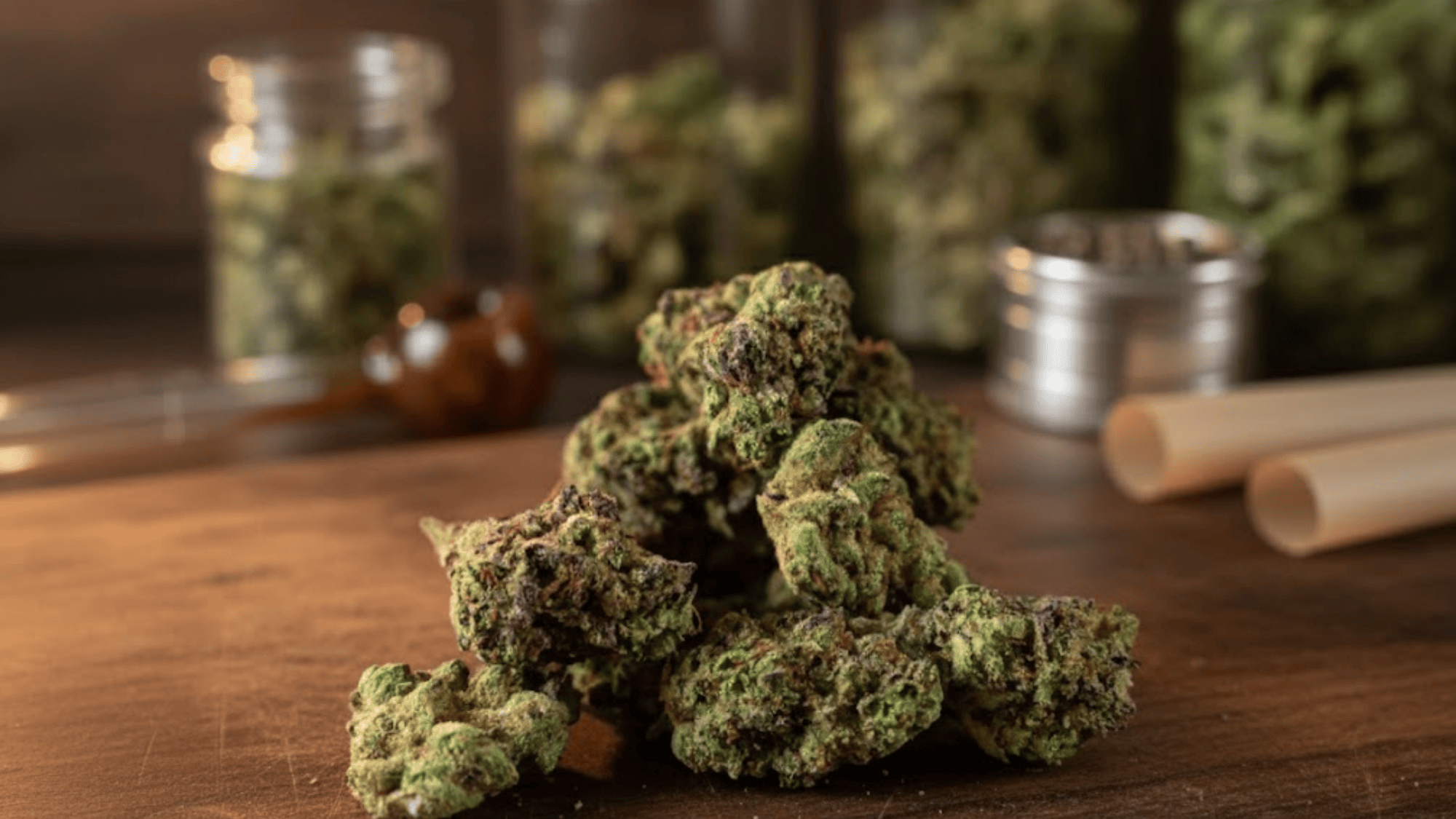
THCA stands for tetrahydrocannabinolic acid. Yeah, that’s a mouthful! It’s the acidic precursor to THC, meaning it comes before THC in the cannabis plant’s life cycle. When cannabis grows fresh and green, it’s packed with THCA, not THC.
THCA has an extra carboxylic acid group attached to its molecular structure. That extra acid group makes THCA too large to fit into the CB1 receptors in your brain, the receptors responsible for making you feel high. It’s like trying to fit a square peg in a round hole.
The Science Behind the Switch: Decarboxylation Explained
So how does THCA turn into THC? The magic word is decarboxylation. Don’t let the fancy term scare you; it’s just a scientific way of saying “heating removes the acid group.”
When you heat THCA, the extra carboxylic acid group breaks off and floats away as carbon dioxide. What’s left behind? Pure THC, ready to produce psychoactive effects.
The change looks like this: THCA + Heat → THC → “High”
Decarboxylation happens at specific temperatures and time frames:
- Temperature Range: 220–250°F
- Time Needed: 30–40 minutes
- Natural Occurrences: Sunlight exposure, drying, vaping, smoking, or baking
When you light up a joint or bake cannabis into brownies, you’re triggering this chemical reaction. Even leaving cannabis in the sun for too long can start the decarboxylation process, though much more slowly.
When THCA Does (and Doesn’t) Get You High
This is where things get interesting. Whether THCA gets you high depends entirely on one thing: heat.
Non-Psychoactive Ways to Use THCA (No High)
These methods keep THCA in its raw, non-intoxicating form:
- Raw cannabis smoothies or juices – Blend fresh cannabis leaves and flowers without heating
- THCA tinctures – Drops taken under the tongue
- Cold-pressed cannabis oils – Extracted without heat
- THCA capsules – Swallowed whole for potential wellness benefits
Psychoactive Ways to Use THCA (Yes, You’ll Get High)
Once heat enters the picture, THCA becomes THC and produces euphoric effects:
- Smoking THCA Flower: Instant decarboxylation from flame
- Vaping: Heat converts THCA to THC in vapor form
- Baked Edibles: Oven heat transforms THCA during cooking
- Dabbing Concentrates: High heat causes immediate conversion
Here’s a handy reference table:
| Consumption Method | Heated? | Gets You High? |
|---|---|---|
| Raw juicing | No | No |
| Smoking THCA flower | Yes | Yes |
| Vaping | Yes | Yes |
| Baking edibles | Yes | Yes |
| Cold tinctures | No | No |
| Capsules | No | No |
What Does a THCA High Feel Like?
Once THCA converts to THC, the effects are pretty much identical to regular cannabis. After all, THC is THC, regardless of whether it started as THCA or was already in that form.
Common effects include:
- Euphoria and happiness
- Deep relaxation
- Boosted creativity
- Altered perception of time
- Increased appetite (hello, munchies!)
- Potential drowsiness
The exact experience varies based on several factors:
- Strain Type – Indica strains tend to be more relaxing, while Sativa strains can be more energizing
- Personal Tolerance – Regular users may feel less intense effects
- Terpene Profile – These aromatic compounds influence the overall experience
- Dosage – More isn’t always better, especially for beginners
Pro tip: Start low and go slow. THCA flower can be surprisingly potent once heated, sometimes even stronger than expected. Take a small amount first and wait to see how you feel before consuming more.
The Legal Gray Area: THCA vs THC
Here’s where things get a bit wild. Thanks to the 2018 Farm Bill, hemp products containing less than 0.3% Delta-9 THC are federally legal. THCA technically falls into this category.
The loophole works like this:
- THCA flower tests below 0.3% Delta-9 THC in its raw form
- This makes it federally legal to sell and ship
- But once you light it up, it becomes psychoactive THC
- Suddenly, you’re consuming something that produces the same effects as “illegal” cannabis
It’s a bit of a Wild West moment in the cannabis world. Some states have caught on and created specific laws around THCA products, while others haven’t addressed it yet. The result? A patchwork of regulations that can be confusing.
Always check your state’s specific cannabis laws. Just because something is federally legal doesn’t mean your state allows it.
THCA’s Potential Wellness Benefits
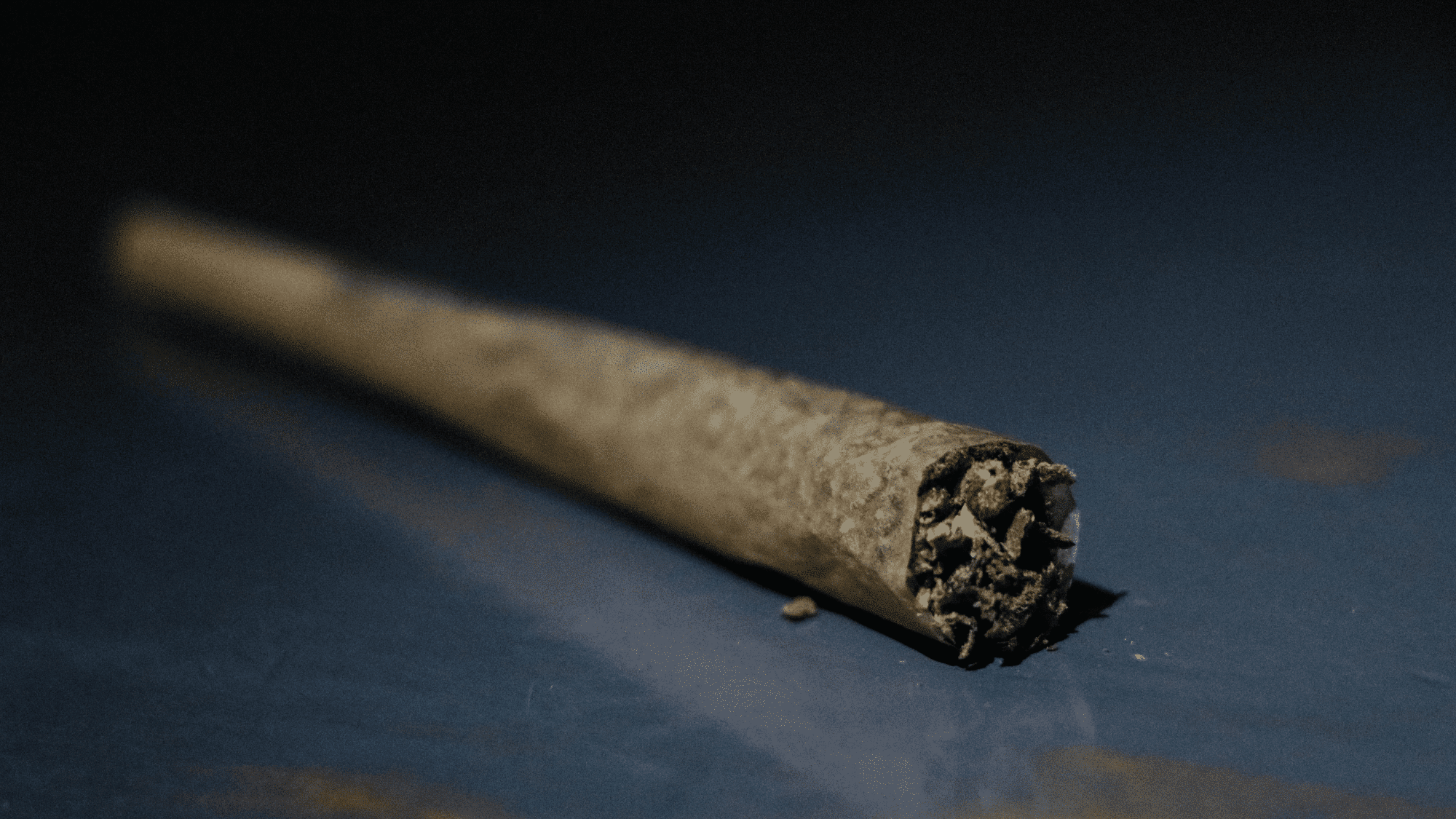
Even in its raw, non-psychoactive form, THCA shows promise for various health and wellness purposes. While more research is definitely needed, early studies suggest some interesting possibilities.
Potential Benefits of Raw THCA Include:
- Anti-inflammatory properties – May help reduce inflammation throughout the body
- Neuroprotective effects – Could potentially protect brain cells
- Anti-nausea relief – Might help settle upset stomachs
- Muscle relaxation – May ease tension and discomfort
- Appetite support – Could help with eating difficulties
The beauty of using THCA in its raw form? You might get these potential benefits without any intoxicating effects. Perfect for people who want wellness support while staying clear-headed throughout the day.
How to Use THCA Safely
Whether you’re interested in the non-psychoactive benefits or curious about the high, safety should always come first.
Consumption Methods Breakdown
For psychoactive effects:
- Smoking or vaping provides instant decarboxylation and fast-acting effects
- Baking or making infusions gives you controlled decarboxylation and longer-lasting results
- Effects typically last 2–6 hours, depending on dose and your personal tolerance
For non-psychoactive wellness:
- Raw juicing preserves THCA in its natural form
- Tinctures and capsules offer convenient, measured doses
- No high, just potential therapeutic benefits
Simple Decarboxylation Guide for Home Use
Want to decarboxylate THCA flower at home? Here’s the basic method:
- Preheat your oven to 240°F
- Break up the THCA flower into small pieces
- Spread evenly on a baking sheet lined with parchment paper
- Bake for 30–40 minutes
- Let it cool before using in recipes
Safety note: Always source lab-tested THCA flower from trusted brands. Indoor-grown flower from reputable companies typically offers more consistent quality and potency. Lab tests confirm exactly what you’re getting and ensure there are no harmful contaminants.
The Final Verdict
After learning about THCA, I realized it’s all about the heat. On its own, THCA won’t get you high; it stays calm and full of potential health benefits. But once you heat it up, it changes into THC, and that’s when the psychoactive effects kick in.
Even if you want to stay clear-headed or feel the classic cannabis buzz, it’s important to know how and when that change happens.
Always buy from trusted brands, check your local laws, and start slow if you’re new to it. Understanding THCA gives you more control over your experience and safety.
If you found this guide helpful, share it with a friend or leave a comment. I’d love to hear your thoughts!



